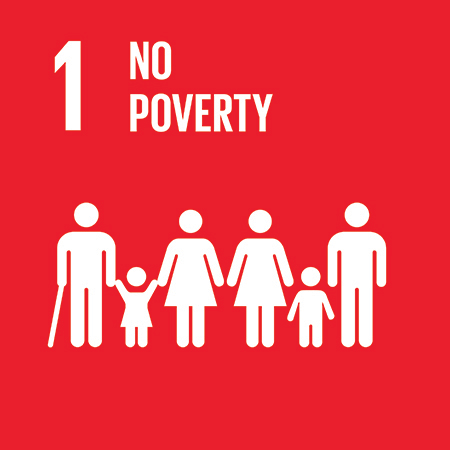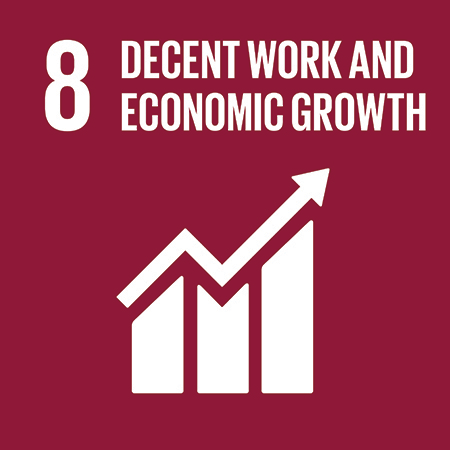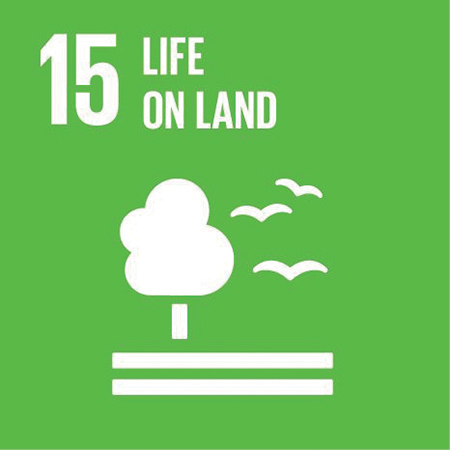Common
Interests
People
members of senior management —
with mentees — employees who have
been with CF for 5 years or fewer.
Aligned for Success
“I’d never had a formal mentor before, and I wanted feedback on how to improve my game,” explains Mary Thomas, Corporate Communications Analyst at CF Industries.
Thomas participated in the first cohort of CF’s Aspiring Leaders in Nitrogen (ALiN) Mentor Program. “The benefits were beyond what I expected.”
“For one thing,” Thomas says, “I got my dream job.”
ALiN is a new program designed for members of CF’s sales team. It is the creation of Michelle Fenty and Jamie Schmid, two team members who noticed a growing knowledge gap between new hires and seasoned employees. The women shared their idea with Bert Frost, Senior VP of Sales, Market Development and Supply Chain, who enthusiastically approved the program. ALiN brings together mentors — often members of senior management — with mentees — employees who have been with CF for 5 years or less. Pairs meet monthly for a year to discuss conversation topics supplied by ALiN as well as mentees’ personal questions or concerns. Now in its second year, 64 employees have been paired to date.
The program creates valuable opportunities for professional and personal development. Thomas and her mentor Terry Huch, VP of Supply Chain, are a perfect example. When she entered ALiN, Thomas was an account specialist in customer support. But with degrees in marketing communications, education and English, she was looking for a role that would flex her storytelling muscles. Huch encouraged her to find ways to gain the skills she was interested in building, such as delivering a presentation on business writing to colleagues.
When it was time to interview for a new role, Huch helped Thomas prepare. Thomas landed her current position, where she now helps tell CF’s stories. “I’m loving every minute,” she says.
A less-expected result of ALiN has been the benefits that accrue to mentors. Huch explains that getting to know Thomas helped him better understand the needs and challenges of his own team, which in turn made him a more effective manager.
Thomas and Huch’s formal mentorship arrangement has ended, but the pair remain in touch. The most valuable advice Huch gave Thomas: “Dig deep.” “Terry pushed me to seek out skills and experiences that went beyond what my managers asked. That advice led me to where I am today.”
A
Mission-Driven
Team
CF employees are a committed team on a noble mission: to help feed the crops that feed the world. Whether at work in our manufacturing plants, distribution facilities or our corporate office, all of our employees are united by this common purpose.
CF’s culture attracts highly skilled individuals who are committed to our mission and tend to stay with us for years. This holds true even as our workforce has shifted toward younger employees in recent years. We enjoy low turnover rates, while continuing to attract highly skilled young people in search of challenging careers with opportunities to learn and grow. Thanks to the expansion of new roles across the organization, we now have multiple generations of employees working side-by-side.
Appealing to top-quality new hires means that we must recruit and develop talent in new ways. CF is in the process of formulating a new human resources strategy that will include a refreshed recruitment brand, role-based training for new hires, broad-based recognition programs and a greater focus on personal and financial wellness. New programs will complement CF’s existing health benefits and competitive compensation and bonus plans.
Our mission of putting food on the world’s table also connects us to the communities where we operate. CF is a major employer in many of the places where our manufacturing and distribution facilities are located, providing well-paying jobs — and associated positive economic impacts — in dozens of small, often rural, communities.







Our Workforce
By-The-Numbers
Source: Internal CF Data


How CF Invests In Communities
CF products help the world’s farmers grow crops. In the same way, our in-kind and monetary donations and employee volunteerism help grow young minds and strengthen communities where we operate. Our community giving strategy is highly local and designed to benefit the 30-plus North American and U.K. communities where our manufacturing and distribution facilities are located. The nature of our support depends on the needs of each community and falls within three strategic focus areas of Community Education, Community Safety and Community Development. In particular, we leverage our expertise in the areas of agricultural education and first responder support. In 2017, our community donations across all facilities totaled nearly $1.5 million.
Working Together to Keep a Wetland Wild
Ten years ago, CF’s Courtright nitrogen complex partnered with Ducks Unlimited Canada, a nonprofit organization, to convert 65 acres of agricultural land near the facility into a wetland habitat. Today, partnerships continue to benefit the area. CF now has nearly 100 acres dedicated to renaturalized areas and is working with environmental groups to add plants that attract pollinator species and to establish a purple martin bird population that can act as a natural predator for mosquitoes and other insects.


Minigrant Program Reaches Giving Milestone
CF understands the critical exchange of information, resources and talent that happens between our facilities and the communities where we operate. We have a common goal of raising young people who are curious and engaged and who grow up to contribute to society in positive ways.
That’s why for the past 20 years, CF distribution terminals across North America have awarded grants to educators through our Classroom Minigrant Program. Grants help teachers incorporate agriculture or environmental stewardship into their classrooms with priority placed on projects that focus on water quality education.
In 2017, the program awarded its one millionth dollar in grant funding. The recipient, located near our Albany, Illinois, terminal, was the River Bend School District. The district used the $5,000 grant to purchase supplies for an elementary school’s Science, Technology, Engineering, Arts and Math (STEAM) Day event.
The grant is representative of how requests have changed over the past 20 years. Today, CF receives fewer requests for grants involving print resources and more requests for technology devices and software. Students at three other recipient high schools are using a special monitor to track bat populations, testing and comparing water samples with a colorimeter, and evaluating soil quality using the 4Rs based on lessons from a certified crop advisor.
Another unexpected development has been the program’s multiplier effect. Several projects have generated a widening ripple of support that delivers value far beyond the initial grant. After CF provided seed money to build a greenhouse at Garner-Hayfield-Ventura High School in Iowa, local businesses donated an additional $75,000 to complete the project. Harrison Elementary School in Indiana combined its minigrant with funding from a local Lowe’s store to create an outdoor pavilion that will be used for lessons on nature, nutrition and gardening.
Today’s students are tomorrow’s farmers, technicians and engineers. Through the Classroom Minigrant Program, we’re planting the seeds of agricultural and environmental protection early — by growing knowledge and skills that will bring shared benefits to our communities for years to come.
Classroom Minigrant Program: 1998-2018
Covering 9 U.S. states and 3 Canadian provinces.
Students Reached
Projects
Supported
Applications
Recieved per Year
On Average
Average Size
Of Grants
Source: Internal CF Data



